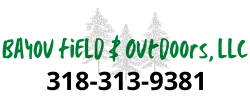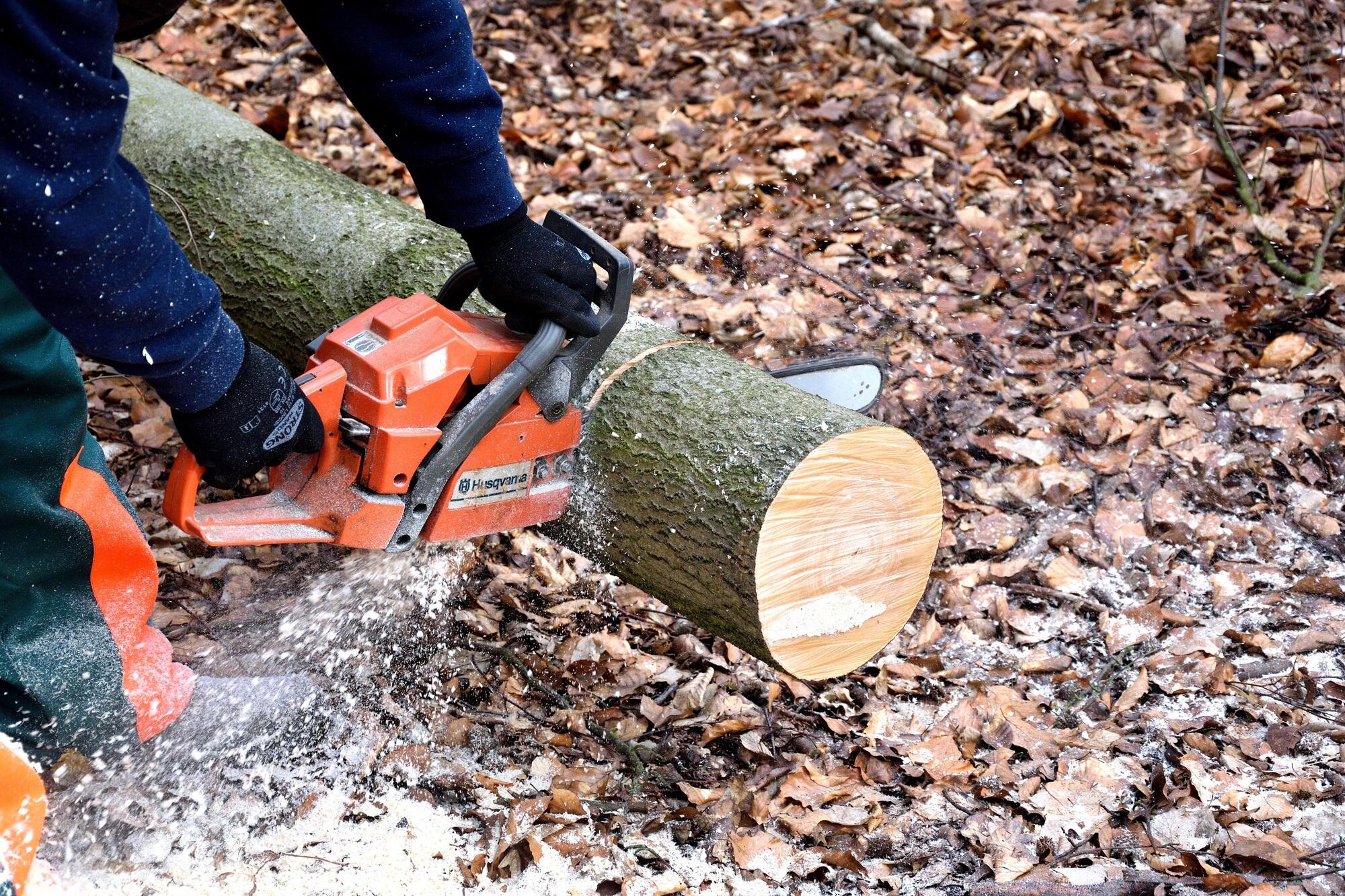Chainsaw Safety: How to Avoid Common Accidents and Injuries
Chainsaw safety is of utmost importance. When you're working with a chainsaw, here are some guidelines you should always follow.
Every year, a staggering 36,000 Americans find themselves in emergency departments, nursing injuries inflicted by chainsaws. This alarming statistic is not just a number; it's a stark reminder of the critical importance of chainsaw safety.
When handling such a powerful tool, understanding and adhering to safety guidelines isn't optional-it's essential. To keep you safe, below is a guide with everything you need to know about chainsaw safety.
Common Chainsaw Accidents and Injuries to Avoid
Thousands of accidents and injuries occur annually due to improper chainsaw use. To ensure your safety, you should be aware of chainsaw accidents and injuries. These include:
Kickback
One of the most dangerous chainsaw accidents is kickbacks. It happens when the nose or tip of the chainsaw bar comes into contact with an object, causing the saw to jerk back towards the operator. This sudden motion can result in loss of control and severe head injuries.
Chain Breakage
Chainsaw chains are often under immense stress during operations. If they aren't properly maintained or installed, they can break. A broken chain can whip back towards you, causing lacerations or even eye injuries.
Strain and Overexertion
Operating forestry tools requires physical strength and stamina. Improper lifting techniques or overexertion of the chainsaw can lead to muscle strains.
Contact Injuries
Contact injuries occur when the saw chain makes unintended contact with you or another object. Loss of control, recoil, or loose clothing, can lead to contact injuries.
Chainsaw Bind
Chainsaw bind occurs when the chain gets pinched in the cut, causing it to become stuck. When the chain becomes stuck in the cut, you may instinctively attempt to force the saw through the wood.
Sometimes, you may try to free it by applying additional pressure. This may lead to accidents and injuries.
How to Avoid Common Chainsaw Accidents and Injuries
The power of chainsaws comes with potential risks. If you are an operator, chainsaw safety should be a priority. Let's explore how to prevent common chainsaw accidents and injuries.
Choose the Right Saw Chain
Not all saw chain is created equal. One of the first steps in ensuring chainsaw safety is selecting the appropriate chainsaw for the task at hand. Different types of saw chains are designed for specific purposes, including:
Full Chisel Chain
The full Chisel Chain features a square profile for each tooth, providing smooth wood cutting. It's ideal for milling timber and producing smooth planks.
Semi-Chisel Chain
A semi-chisel chain offers more teeth than a full skip chain, resulting in a cleaner cut. With chainsaw blades over 24 inches, you can use it for cutting hardwood.
Low-Profile Chain
The low-profile chain offers convenience, reduced kickback, and good cutting performance. It's suitable for universal use, especially if you are an occasional user or do wood carving.
Square Chisel Chain
The square chisel chain is known for its rugged quality. Its sturdy construction ensures reliability when tackling demanding cutting tasks.
Using the wrong type of chain can increase the risk of accidents. This is why you need to understand the nuances of different chainsaws. This will help enhance your safety and efficiency.
Use Personal Protective Equipment (PPE)
When handling a chainsaw, ensure you're wearing appropriate personal protective equipment. Here's what your PPE should include:
- Logger's Helmet: Protects your head from falling debris
- Eye Protection: Safety Glasses shield your eyes from wood chips and sawdust
- Gloves: Provide grip and protection for your hands
- Steel-Toed Boots: Protect your feet from falling objects
- Hearing Protection: Guards your ears against the loud noise generated by the chainsaw
- Chainsaw Chaps: Help reduce the severity of injuries in case of accidental contact with the saw chain
These items collectively shield you from potential hazards. Always ensure that your protective clothing fits well. It should also meet the necessary safety standards for optimal chainsaw safety.
Ensure Proper Maintenance
Dull or damaged saw teeth increase the risk of kickback. To prevent accidents, regularly inspect the saw teeth for damage or dullness. Replace them as needed to maintain optimal cutting performance.
You can use chainsaw attachments such as sharpening tools to simplify the saw chain maintenance process. Don't forget to inspect your chainsaw regularly. Make sure it's properly tensioned and free from defects.
Consider Training and Experience
Before you use a chainsaw, seek proper training and gain practical experience. You can start by joining a chainsaw safety course. Successful completion of these courses results in a professional certificate.
Additionally, it ensures compliance with regulations set by organizations like OSHA. To familiarize yourself with this tool, you should also practice in a controlled environment under supervision.
Ensure Safe Operation
When using a chainsaw, always maintain a firm grip on the tool with both hands. Position yourself correctly to avoid kickback zones.
What's more, never operate the chainsaw above shoulder height. This can compromise your balance and control over the tool. For safe operation, use approved attachments and accessories for your chainsaw.
Chainsaw attachments should be carefully selected and installed according to the manufacturer's guidelines.
Enforce Proper Lifting and Carrying Techniques
When lifting or carrying a chainsaw, focus on proper body mechanics. Bend at the knees and use your legs-not your back- to lift the weight. This technique reduces strain on your back muscles, lessening the risk of back injuries.
Additionally, take regular breaks to rest and stretch your muscles. This helps prevent fatigue and overexertion.
Maintain a Safe Distance
To avoid contact injuries, be mindful of your surroundings. Always keep a safe distance between your body and the chainsaw.
Ensure you position yourself to the side rather than directly behind it. This will help reduce the risk of contact injuries caused by the rotating saw chain.
Step Up Your Chainsaw Safety Game
Chainsaw safety is paramount when working with chainsaws. Implementing proper safety measures can help prevent common accidents and injuries.
Need to elevate your forestry and logging work? Look no further than Bayou Field and Outdoors. Experienced in serving Foresters and Loggers, we provide top-notch forestry and logging supplies, such as high quality chain, chainsaw bars, saw teeth and chainsaw and logging specific safety gear.
Our commitment is to provide you with the best forestry equipment tailored to your needs. Browse our forestry supplies to maximize efficiency and safety in your forestry and logging tasks.




